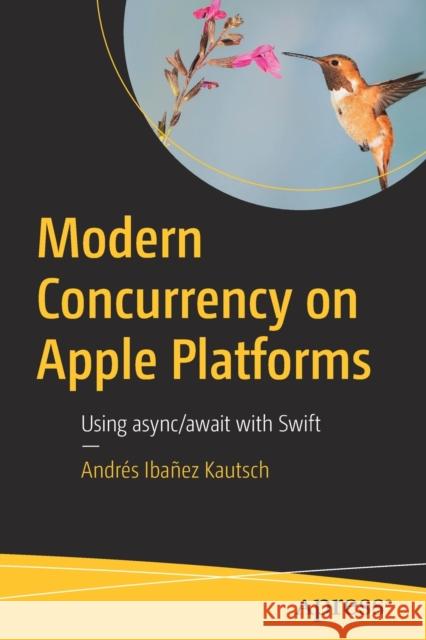Modern Concurrency on Apple Platforms: Using async/await with Swift » książka
topmenu
Modern Concurrency on Apple Platforms: Using async/await with Swift
ISBN-13: 9781484286944 / Angielski / Miękka / 2022 / 245 str.
Modern Concurrency on Apple Platforms: Using async/await with Swift
ISBN-13: 9781484286944 / Angielski / Miękka / 2022 / 245 str.
cena 230,54 zł
(netto: 219,56 VAT: 5%)
Najniższa cena z 30 dni: 229,28 zł
(netto: 219,56 VAT: 5%)
Najniższa cena z 30 dni: 229,28 zł
Termin realizacji zamówienia:
ok. 16-18 dni roboczych
Bez gwarancji dostawy przed świętami
ok. 16-18 dni roboczych
Bez gwarancji dostawy przed świętami
Darmowa dostawa!
Kategorie:
Kategorie BISAC:
Wydawca:
APress
Język:
Angielski
ISBN-13:
9781484286944
Rok wydania:
2022
Ilość stron:
245
Wymiary:
23.5 x 15.5
Oprawa:
Miękka
Dodatkowe informacje:
Wydanie ilustrowane











